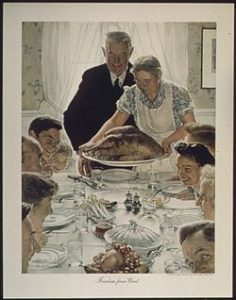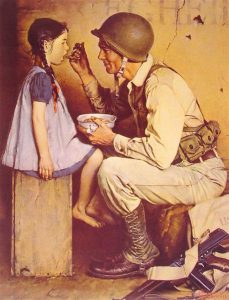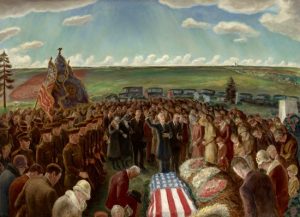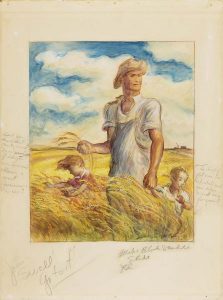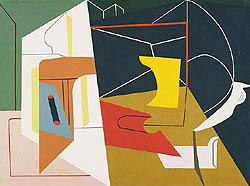The first session of the conference was about art that embodies the politics of care and love, and also how these politics can be embraced in everyday life. Another topic that was discussed was how these politics, when used as advocacy tools, can be powerful and can be used to bring about justice for groups such as indigenous communities, black lives, and local communities.
The presentation from this session that I found to be the most interesting and compelling was the talk by Sylvia McAdam. McAdam is a direct descendant of the Treaty peoples from the Nēhīyaw (Cree) Nation in Canada, so her talk focused mainly on the injustices faced by the First Nations peoples. The main injustice that she discussed was the clear-cutting and development of tribal and family lands without consent of the tribe or family to which the land belongs. One thing that stood out to me that she mentioned about this is that the type of clear-cutting that is taking place is actually condemned by the UN, so it was surprising to me that more isn’t being done to solve the issue. Another thing that she mentioned that really stood out to me was that Canada exceeds the Amazon in terms of deforestation. This was surprising for me because when someone mentions deforestation, the first place that would come to my mind is the Amazon. One of the reasons that this issue stuck out to me so much is the inaction of the government/ government agencies. Not only is the style of clear-cutting condemned by the UN, as I mentioned earlier, but also the lands are supposed to be protected by Treaty 6 as they are not only Native hunting grounds but are also burial grounds. Despite this, it sounded like there was little being done by the government to try to resolve the issue.
The second session of the conference focused on the use of art in more revolutionary practices. It focused on the use of art in speaking out against exclusionary politics around subjects such as land, gender, and race. What I found interesting about this session was that, on top of the speakers from the video screenings, we not only heard from artists, but also from people in the field of political science. Thus, we were able to hear about the same topics from multiple perspectives.
The presentation, from this session, that I found to be the most interesting was the talk by Aimi Chinen. Her work interested me the most because it related to things that I am also interested in. A lot of her work focused on looking back on her heritage and where she came from by not only investigating landscapes from around where she grew up, but also by looking into her memories. Family and heritage are things that I find to be important and I enjoy, and am interested in. looking into my own heritage, so the concept of looking back on your heritage that was in her works really resonated with me.
